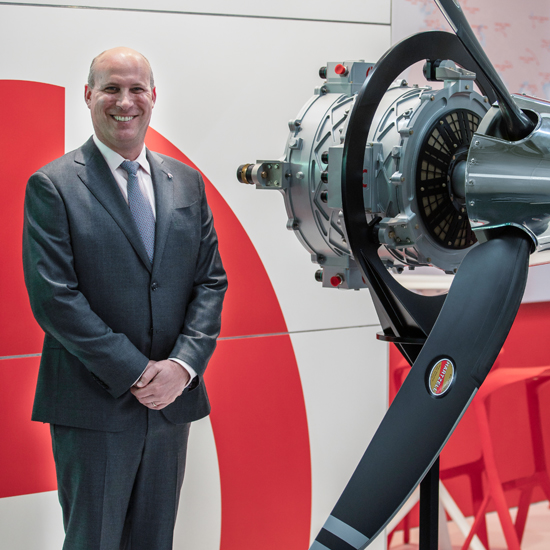Electric planes are taking flight
Could a zero-emission (and guilt-free) light aircraft be winging its way into the skies at long last?

Could zero-emission (and guilt-free) air travel be winging our way at long last?
A creator of electric propulsion systems, magniX, has spent the past decade beavering away on an electric aircraft motor and last December saw its first craft take to the skies.
In a historic test flight over Vancouver, Canada, a De Havilland Beaver seaplane operated by Harbour Air was retrofitted with the a 750-horsepower electric motor from magniX – the magni500.
magniX’s propulsion systems are being designed for use in new and existing aircraft making short to medium-distance flights. This is a fairly large segment of the aviation market according to magniX, which says 45% of flights in 2019 were less than 500 miles (805km) in distance.
Another aircraft fitted with its magni500 took to the skies in May this year in partnership with AeroTEC, this time over Moses Lake, Washington. The Cessna 208B Grand Caravan become the world’s largest electric commercial aircraft ever to fly.
"magniX makes the revolutionary technology which will enable the next generation of aircraft to take flight."- Roei Ganzarkski

magniX was founded in 2009 on the Gold Coast of Australia with a goal to make commercial flight cleaner, less expensive and more accessible. The company has since expanded its operations to the US and in 2020 was named the most ‘innovative company in energy’ by Fast Company magazine for ‘engineering an electric plane that can fly up to 100 miles’ (161km).
“magniX makes the revolutionary technology which will enable the next generation of aircraft to take flight,” its chief executive Roei Ganzarkski says.
Carbon emissions in the aviation industry have continued to rise and were recently estimated to account for around 3.5% of human activities contributing to global warming, according to a report in New Scientist.
In addition to emitting zero carbon, magniX says that electric aircraft propulsion systems are less noisy, burn no fuel, require less maintenance, and cost up to 80% less to fly.
The tech
MagniX has developed a range of electric propulsion systems designed for short to medium flights on commercial aircraft and can be used as a single motor application or part of a multi-motor aircraft. The magni250 375-horsepower was developed to power smaller aircraft as either a standalone propulsion system, or as part of a distributed propulsion system on a larger aircraft such as the Eviation Alice 9-passenger aircraft. The magni500 750-horsepower is aimed at what magniX describes as ‘middle mile’ aircraft such as the Cessna Caravan, King Air, Otter or De Havilland Beaver seaplane — or for use in clean-sheet electric aircraft design.
Is it ready to roll?
magniX is aiming for the ecaravan to be in commercial service by the end of 2021.
Who funds it?
Clermont Aerospace bought the business in 2014 and funds research and development.





